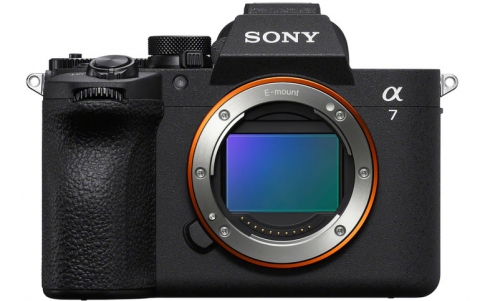
Sony to market next-generation Optical disc drive based on Blu-Ray disc standard
Sony Corp has unveiled its latest next-generation optical disc product, an optical drive employing blue-laser technology. The new BW-F101 drive can read/write data from/to special discs, and is designed for commercial applications such as storing medical images and official documents, or data from workstations and servers. Sales shipments are to begin in the summer. The price for a pre-launch sample product is 360,000 yen. (119.44 yen = US$1)
The drive works with rewritable PDDRW23 discs and write-once PDDWO23 discs -- both of which are single-sided, single-layered, and capable of holding 23.3GB of data. Both types of disc will become available at the same time the drive itself goes on sale, and are expected to retail at around 5,500 yen apiece. Sony is touting the BW-F101 drive and its new discs as successors to its 9.1GB, 5.25-inch disc storage media technology.
With the imminent launch of the BW-F101 drive for commercial applications, Sony will soon have three different formats for promoting more widespread use of its next-generation optical disc products. The other two are the Blu-ray Disc format, an optical disc standard formulated by nine electronics manufacturers in Japan, Korea and Europe, and intended for use in ordinary consumer devices, and a special format developed for use in professional broadcasting equipment. None of the three formats use compatible storage media, but they do all share the same blue laser and the same 0.85 aperture lens. They also employ the same 0.32-micron disc track pitch. In other words, there is a good probability that optical components, disc cartridges, and equipment for manufacturing the discs can be shared.
The BW-F101 drive will be able to write data onto its discs at 72Mbps, which is twice the speed of the initial Blu-ray Disc standard. Data can also be read off discs at high speeds of up to 88Mbps. The Blu-ray standards are also to include write-once type discs some time in the future.
Sony claims that maybe as soon as 2005 it will have ready second-generation products -- single-sided, double-layer 50GB discs and data transfer speeds of up to 144 Mbps. Then will come third-generation products, with single-sided, four-layer discs and 100GB storage capacity. By that time, Sony is hoping to achieve data transfer rates of up to 288Mbps.
With the imminent launch of the BW-F101 drive for commercial applications, Sony will soon have three different formats for promoting more widespread use of its next-generation optical disc products. The other two are the Blu-ray Disc format, an optical disc standard formulated by nine electronics manufacturers in Japan, Korea and Europe, and intended for use in ordinary consumer devices, and a special format developed for use in professional broadcasting equipment. None of the three formats use compatible storage media, but they do all share the same blue laser and the same 0.85 aperture lens. They also employ the same 0.32-micron disc track pitch. In other words, there is a good probability that optical components, disc cartridges, and equipment for manufacturing the discs can be shared.
The BW-F101 drive will be able to write data onto its discs at 72Mbps, which is twice the speed of the initial Blu-ray Disc standard. Data can also be read off discs at high speeds of up to 88Mbps. The Blu-ray standards are also to include write-once type discs some time in the future.
Sony claims that maybe as soon as 2005 it will have ready second-generation products -- single-sided, double-layer 50GB discs and data transfer speeds of up to 144 Mbps. Then will come third-generation products, with single-sided, four-layer discs and 100GB storage capacity. By that time, Sony is hoping to achieve data transfer rates of up to 288Mbps.




















